INCA TRAIL CIRCUIT 5
The last circuit shows you the various buildings and enclosures that the Machupicchu llaqta offers to all its visitors, a route that will take you approximately 1 hour and a half to appreciate all the wonder of the world.
Visiting Machu Picchu wonder of the world offers you 5 circuits to be able to delve into it. This is the last circuit that offers us the visit and tour of the Qolqas, Agriculture Area, Water channel, Dry well, Temple of the Sun Complex, House of the Inka complex, Water fountains, Set of 3 covers, Plaza del Pisonay and the Archaeological Reserve itself. In this article we will detail each of the enclosures that you will be able to observe during the route.
This last circuit also allows us to visit the Qolqas, buildings used as warehouses to fulfill the function of warehouses and granaries; these buildings have a ventilation system as an optimal drainage system for food preservation.
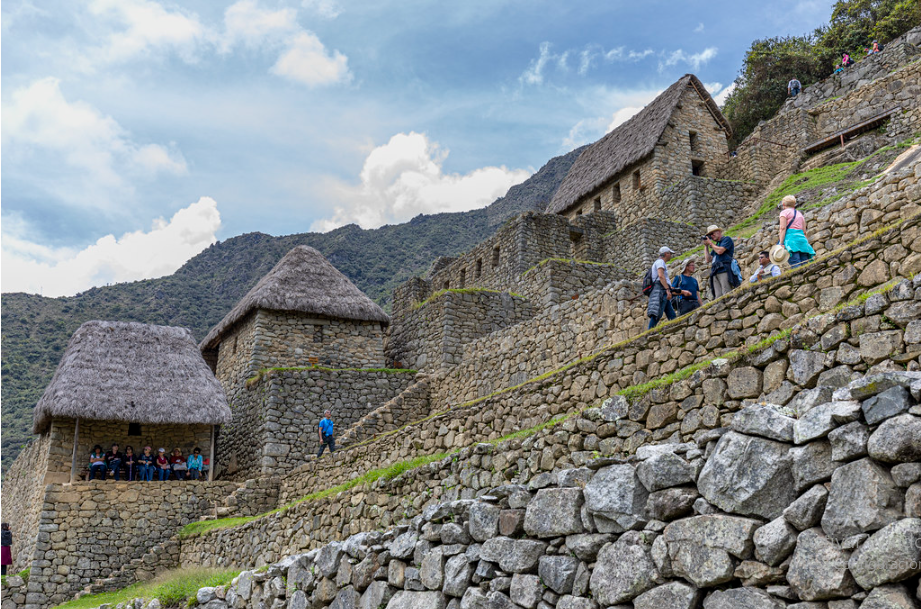
The agricultural area or agrarian zone, characterized by cultivation terraces and terraces, are structures formed from stone walls, with the function of facilitating drainage, as well as allowing the cultivation and acclimatization of various products.
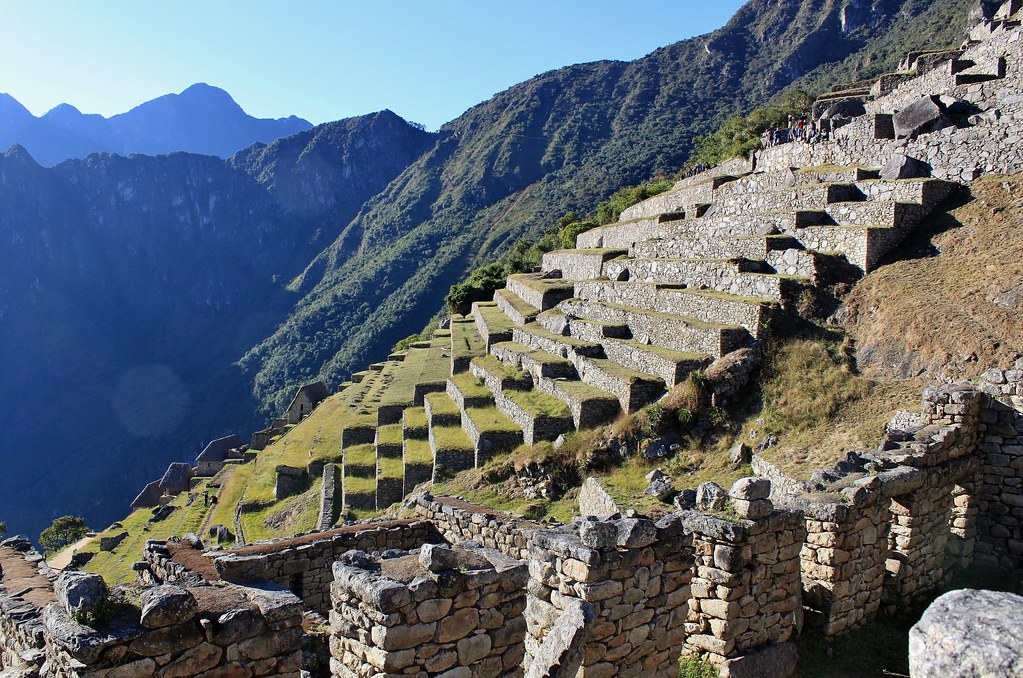
The Water Channel, as its own name indicates, its function was to channel the waters, but they were also used with a liturgical function, where the Incas performed purification ceremonies, made of granite stone located both in the agricultural sector as urban, they can also be seen throughout the circuit.
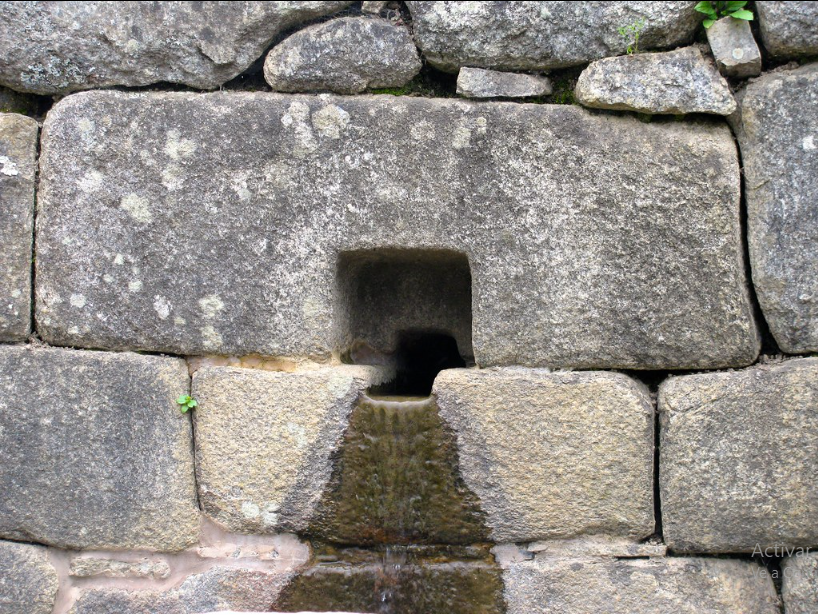
The dry ditch is a space that may have served as a water drainage or also used as a delimitation between two sectors, agricultural and the other civil, a geological fault that runs in a northeast-southeast direction, so that the agricultural sector towards the south was formed by a system of crops and the urban sector to the north allowed political, civil and religious activities to take place.
The Temple of the Sun, a circular enclosure built by the Incas to worship and give offerings to the sun, one of the most important deities of the Inca empire. To observe the Inca construction, it can be seen from a viewpoint located in a higher part of the temple, also used as an astronomical observatory that allows to know the arrival of solstices and changes of season, it is a sacred building and a recognized tourist attraction within the Citadel.
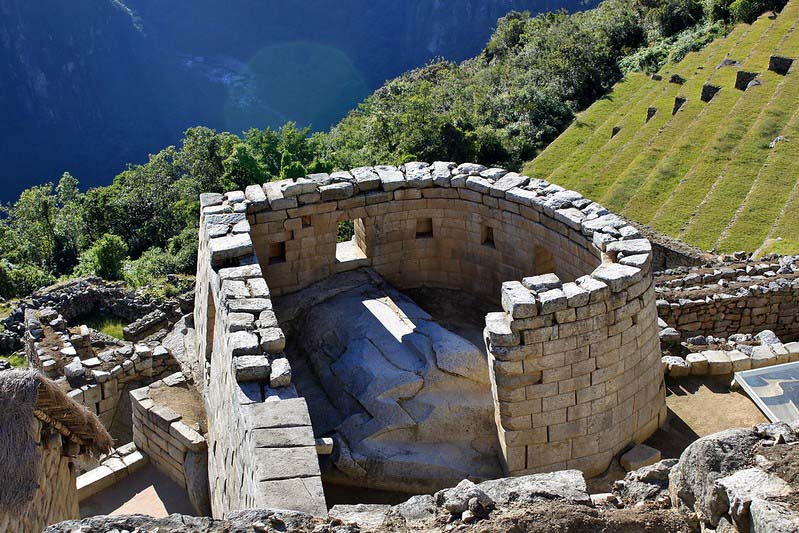
The House of Inca known as the royal residence, an enclosure used as a home for the Inca emperor made with carved granite stone highlighting its fine walls, this enclosure has a central patio, two large rooms and two other small enclosures. Located under the famous Temple of the Sun, the Casa del Inca, due to its fine architecture, is one of the other important and fantastic constructions of Machu Picchu.
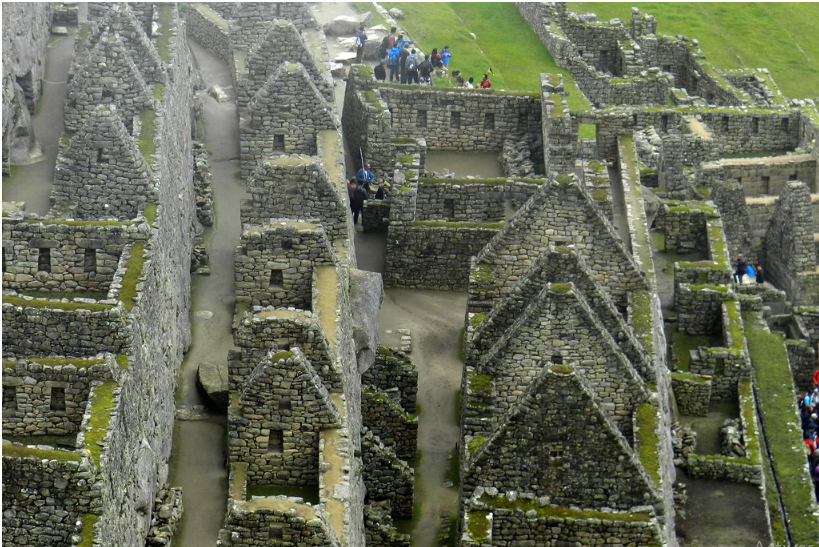
The Water Fountains are a group of water reserves, considered sacred due to the spiritual and divine character that the Incas considered, for this reason the citadel of Machu Picchu has a multitude of fountains and ponds that can be seen along the way. The set of sources is made up of 16 ponds built with fine Inca masonry work and rock carvings, within all of them, there is a predominant source called Wayrana, so it can be deduced that this would have been a source used for commercial purposes. religious and sacred rites by the Inca empire.
The Plaza Pisonay known in the Inca citadel, because the Pisonay is a tree typical of the Andes Mountains, cultivated by the Incas, located in the sacred square of Machu Picchu, it is the emblematic tree that can be found in various destinations in the mountain included in the citadel of Machu Picchu.
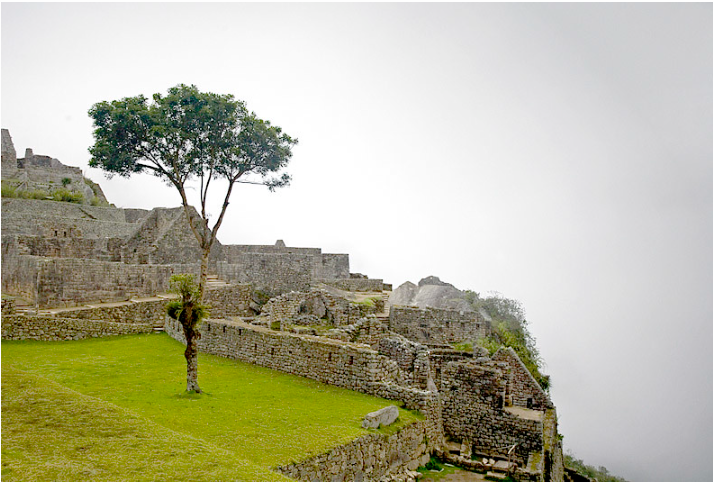
The citadel of Machu Picchu is the most important and historical legacy of the Inca civilization, which is why the Peruvian authorities created these tourist circuits where each one covers different parts of the Inca citadel. Between 10:00 a.m. and noon are usually peak hours, since several trains arrive and several tourists get on, however it is an appropriate time to be able to walk and enjoy the view of Machu Picchu in daylight. This circuit takes approximately 1 hour and a half to complete the entire route, you can take photos and appreciate the Machupicchu llaqta.